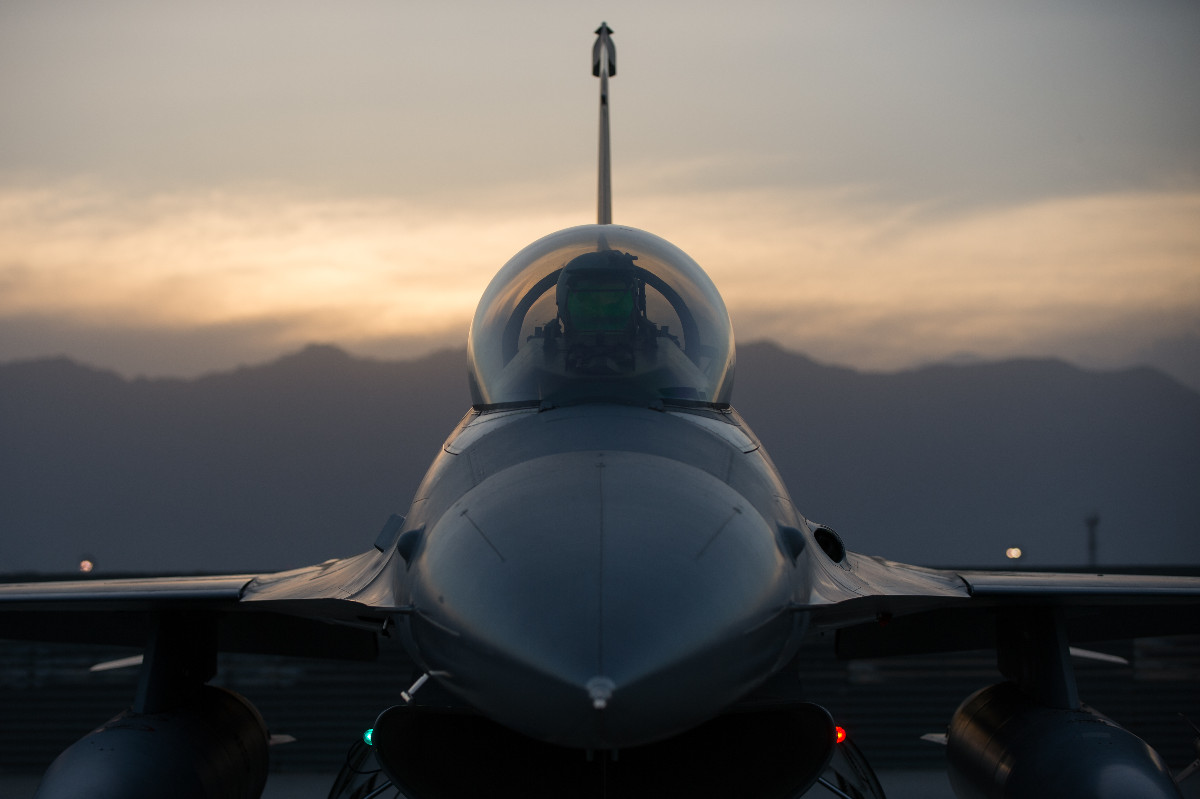 U.S. Department of Defense/Flickr
U.S. Department of Defense/Flickr
Russian Aggression Prompts Refocused U.S. Spending
Secretary Ashton Carter has stated that the next defense budget must focus on “a return to great-power conflict” through increased military presence in Europe to guard against Russian aggression. The White House has requested $3.4 billion for military spending in Europe in the 2017 budget request, more than quadrupling the current budget of $789 million.
According to Secretary Carter, the budget perceives threats from Russia, China, North Korea, Iran, and the Islamic State to be the primary defense challenges. Of these five countries, four present nuclear threats. Russian aggression in particular presents a threat to NATO allies in the United States, prioritizing the American commitment to NATO in future military actions.
One of the more substantial threats posed by Russia to NATO allies is its anti-aircraft defense buildups. What is significant, according to General Frank Gorenc, is the increased proliferation and high concentration of anti-access/area denial (A2/AD) deployments along European borders. Russia has increased it’s military spending as a part of GDP since the Georgia conflict in 2008, and the results are beginning to take shape.
It is unclear what the United States response to Russian aggression will prompt. The magnitude of the spending increase will certainly spark some actions by Russia as the United States’ commitment to its NATO allies will be reaffirmed. According to the NATO-Russia Founding Act of 1997, both sides agreed to not station large troop numbers along each other’s borders. A limit does exist, but actions taken by Russia and this new commitment from the United States pushes these parameters.
This budget increase will only last through 2017 as the funds are planned to be drawn from a war-funding account labeled for operations in Iraq, Syria, and Afghanistan. While this avoids budget caps, it means that the next presidential administration will have to decide whether to continue this level of commitment. The uncertainty this creates may or may not assure NATO allies, but actions taken this year will provoke Russian action regardless.
According to the collective defense arrangement that the United States has with NATO, allies are protected by the United States through nuclear sharing arrangements. Spending increases on both sides and realignments of military priorities amounts to escalation on both sides, and the primary purpose of these nuclear weapons is deterrence. If allowed to continue, these events have a perilous conclusion.
NATO allies are concerned by Russian aggression, and rightfully so. Russian air activity near NATO airspace has increased by 70 percent, causing allied aircraft to respond. The conventional escalation is heightened by a great-power unrest similar to that of the Cold War. Preventing this escalation from resulting in a nuclear threat must be a priority not only for the United States, but also for the international community.





